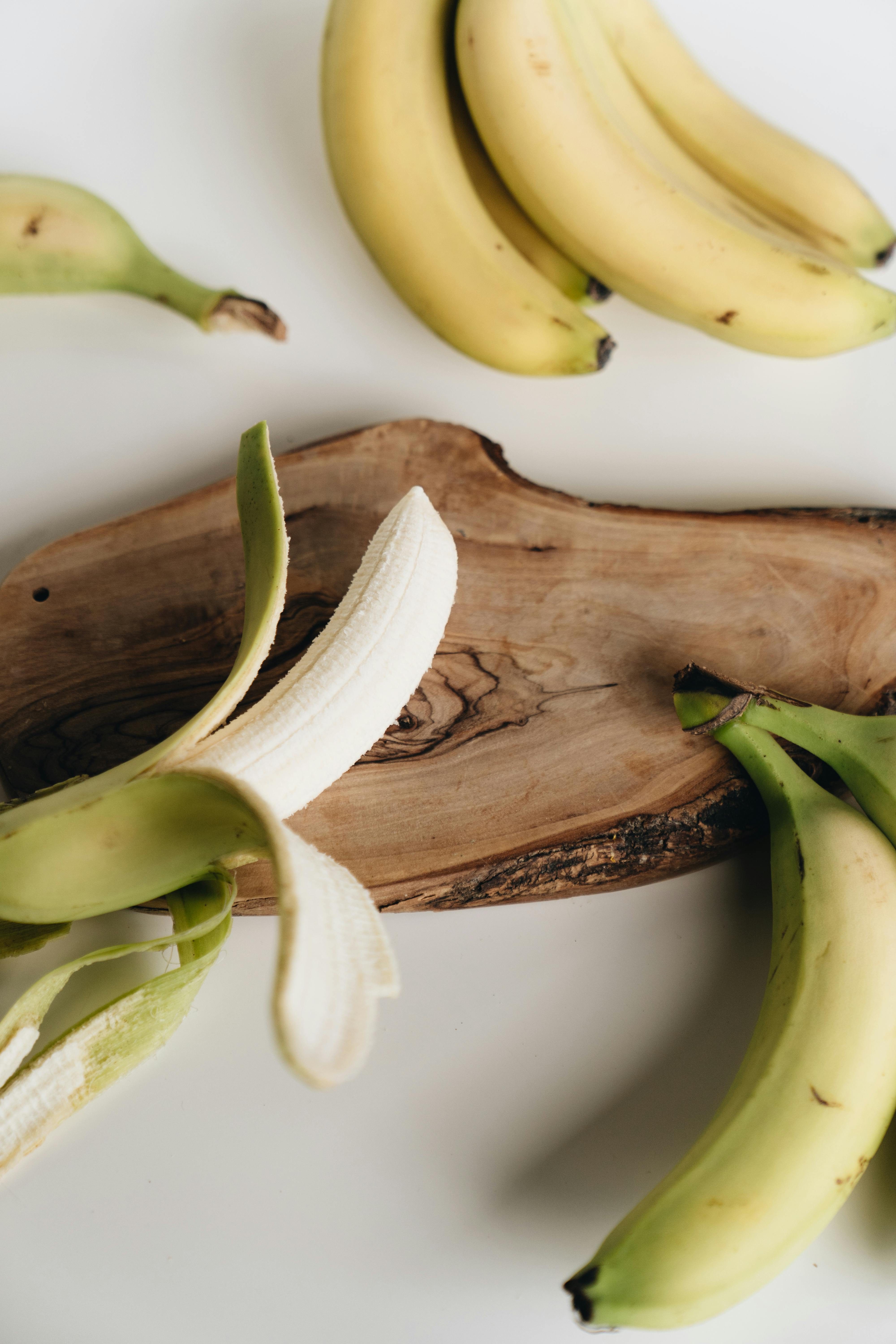Essential Guide to Effective Paver Installation for Lasting Outdoor Appeal
Benefits of installing pavers include their durability, ease of maintenance, and the vast array of design options available. Beyond their visual charm, pavers can improve drainage and reduce erosion in landscaped areas. This article offers a comprehensive roadmap for laying pavers, covering preparation, installation techniques, design ideas, and maintenance tips. With this knowledge, you can easily transform your outdoor spaces and make informed choices that enhance your home's curb appeal.
Step-by-Step Paver Installation Guide for Optimal Results
Building on the foundational overview, it’s essential to delve into the practical aspects of paver installation. The installation process can be broken down into several critical steps to ensure your pavers are laid correctly. This will include paver base preparation, installation methods, and important tools needed.
Paver Base Preparation Essentials
Proper paver base preparation is crucial for ensuring stability and longevity. Begin by assessing the area and excavating to a depth of at least 6 to 8 inches. This will accommodate the base and sand layers effectively. Once you’ve done this, consider using a subgrade material like crushed stone for improved drainage and stability.
Next, use a compactor to compact the base material thoroughly. This process prevents any settling that could distort your paver surface. This step is vital to avoid future issues such as uneven settling or shifting pavers. Aim for a solid and level base to start.
Laying Pavers on Sand: Techniques and Tips
Once your base is prepared, the next phase involves laying the pavers. Start by applying a 1-inch layer of sand over the compacted base. This sand layer acts as a bed for your pavers, allowing for minor adjustments during installation. Use a screeding tool to level the sand, ensuring an even surface before placing the pavers.
When laying the pavers, begin at a corner and work your way outwards. Use spacers to maintain consistent joints, which not only improves aesthetics but also allows for joint sand filling later. For a professional finish, make sure your pavers are level during installation. This can be achieved using a rubber mallet to tap them into place.
Edging and Joint Filling Techniques
Edging for pavers plays a significant role in maintaining their arrangement, especially in high-traffic areas. Install edging around your paver layout to prevent shifting or movement over time. Common edging materials include metal, plastic, or even additional pavers.
After laying your pavers, it's essential to fill the joints with sand. This sand helps lock the pavers in place and prevents weeds from growing through. Spread the sand over the paver surface, then use a broom to sweep it into the joints. Finally, compact the pavers again to ensure everything is secure.
Innovative Paver Design Ideas and Patterns
Now that you’re familiar with the installation basics, let’s explore some creative paver design ideas. Incorporating unique paver patterns and colors can vastly change the look and feel of your outdoor space. From garden paths to stunning patios, the possibilities are endless.
Choosing Paver Materials and Colors
When selecting paver materials, consider your overall landscape design. Brick, concrete, and natural stone are popular options, each with its benefits. For example, brick pavers offer timeless appeal, while concrete pavers boast durability and low maintenance. Further, by mixing paver colors, you can create a customized look that complements your outdoor aesthetics.
Effective Paver Patterns for Visual Appeal
Integrating various paver patterns can enhance the visual impact of your installation. Classic running bond patterns provide a traditional vibe, while herringbone and basketweave patterns offer a contemporary touch. Select a pattern that suits your style and enhances your landscaping.
Utilizing Pavers for Multi-Functional Spaces
Pavers can be used to create versatile spaces in your yard. For instance, using pavers around pools provides an attractive and slip-resistant surface. You can also integrate pavers into raised garden beds or as stepping stones in a lush garden setting, enhancing both functionality and beauty.
Maintenance Tips for Long-Lasting Paver Surfaces
With your pavers installed, focusing on maintenance is crucial for ensuring they last for many years. Regular upkeep not only prolongs their lifespan but preserves their beauty as well.
Cleaning and Sealing Pavers
Regular cleaning is essential in maintaining the look of your pavers. Use a pressure washer to remove dirt and debris, but be cautious not to damage the surface. After cleaning, consider sealing your pavers to protect them from stains and weather damage. This step is especially important for pavers with absorbent surfaces.
Common Paver Problems and Solutions
As with any outdoor installation, pavers can encounter issues. Common problems include weeding in joints or shifting pavers. Regularly check for these issues and address them promptly. Adding joint sand or replacing displaced pavers can be simple fixes that preserve the integrity of your installation.
Assessing Weather Impacts on Paver Longevity
Weather considerations significantly impact paver performance. Extreme heat, cold, or heavy rain can affect the surface and base materials. In regions with harsh climates, choose the right type and thickness of pavers. Regular maintenance throughout the seasons can help mitigate weather-related issues.
Conclusion: Crafting Inviting Outdoor Spaces with Pavers
In summary, laying pavers correctly sets the foundation for a durable and aesthetically pleasing outdoor area. By understanding the installation process, incorporating unique design elements, and committing to regular maintenance, you enhance your outdoor space significantly.
Whether you are tackling a DIY paver project or hiring a professional, ensure that you are equipped with the right knowledge. Pavers not only elevate the charm of your landscape but also serve practical purposes. Consider the steps outlined in this guide as you embark on your paver installation journey in 2025 and enjoy the lasting appeal of your outdoor environments.
For further exploration of creating beautiful outdoor spaces, check out related resources on paver maintenance tips and paver installation mistakes that will help you refine your project and maximize the beauty of your home.
